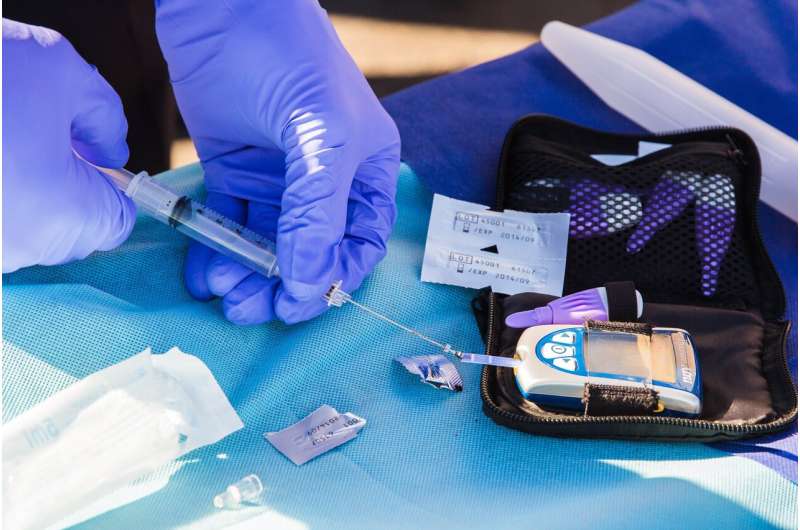Harnessing AI for Safer Drug Development: Predicting Adverse Drug Reactions

A new AI-powered deep learning model predicts adverse drug reactions based on chemical structures, potentially transforming drug safety assessments and early detection of side effects.
Adverse drug reactions (ADRs) remain a leading cause of hospital admissions and treatment discontinuation globally. Traditional methods often struggle to detect rare or delayed side effects associated with medications, highlighting the need for more advanced predictive tools. A pioneering study from the Medical University of Sofia introduces a deep learning model capable of forecasting potential ADRs based solely on a drug's chemical structure.
The model employs a neural network trained on extensive pharmacovigilance data. It analyzes SMILES codes—standardized representations of molecular structures—to predict the likelihood of six major ADRs: hepatotoxicity, nephrotoxicity, cardiotoxicity, neurotoxicity, hypertension, and photosensitivity. The researchers report that the model effectively identified known reactions with a low rate of false positives, demonstrating promising accuracy.
Testing on well-characterized drugs showed predictions aligned with their established side-effect profiles. For instance, erythromycin was predicted to have a 94.06% probability of causing hepatotoxicity, cisplatin showed an 88.44% chance of nephrotoxicity and a 75.8% probability of hypertension. The model also estimated a 22% chance of photosensitivity with cisplatin, whereas the experimental compound ezeprogind had a 64.8% likelihood of photosensitivity. For the novel molecule enadoline, the model indicated minimal ADR risks.
These findings suggest that AI-driven models could become invaluable tools in early drug discovery and ongoing safety assessments. They have the potential to streamline the identification of safety risks before clinical trials and regulatory approval. While current models focus on chemical structure, future improvements could incorporate dosing information and patient-specific factors, further enhancing predictive accuracy.
This innovative approach marks a significant step toward integrating artificial intelligence into pharmacovigilance, ultimately contributing to the development of safer medications and improved patient outcomes.
Source: https://medicalxpress.com/news/2025-08-drug-safety-ai-adverse-reaction.html
Stay Updated with Mia's Feed
Get the latest health & wellness insights delivered straight to your inbox.
Related Articles
Emerging COVID Subvariant Spreads Rapidly Amid Policy Changes in Vaccination Recommendations
A new highly transmissible COVID subvariant, NB.1.8.1, is spreading globally and detected in California, amid recent changes in U.S. vaccination policies threatening wider access. Experts emphasize ongoing surveillance and vaccination importance.
Impacts of Climate Change on Homes and Human Health: Rising Temperatures, Air Quality, and Housing Security
Climate change significantly impacts our homes and health, increasing risks from heatwaves, floods, and wildfires. Building resilient housing is crucial for safety and well-being.
Potential Use of Diabetes Medication as a Non-Invasive Treatment for Hydrocephalus
New research indicates that a diabetes medication, SGLT2 inhibitors, may provide a non-invasive treatment option for hydrocephalus by reducing brain ventricles and improving CSF dynamics, potentially replacing the need for surgery in some cases.
Rising Trends in Severe Childhood Obesity and Associated Health Risks
Childhood severe obesity is rapidly increasing, with new classifications revealing significant health risks including metabolic and cardiovascular diseases. Early intervention is crucial to combat this public health crisis.



